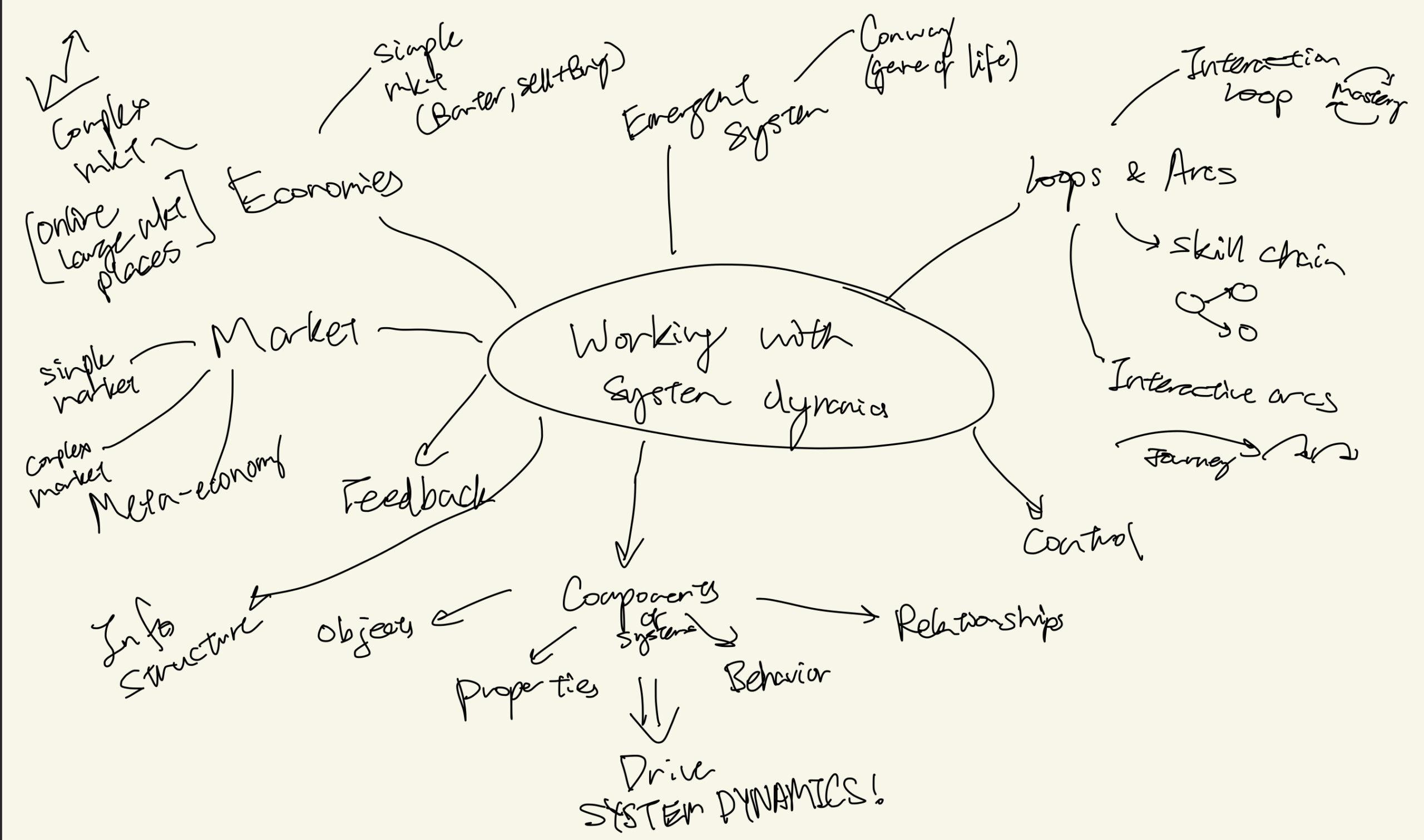 Pathfinder’s Quadrant, a strategic board game, immerses players in a digital matrix where collaboration, strategic flexibility, and problem-solving are key to navigating a constantly evolving 6×6 grid. This game emphasizes values such as teamwork and trust, as players must rely on non-verbal cues for card selection, encouraging a unique form of communication.
Pathfinder’s Quadrant, a strategic board game, immerses players in a digital matrix where collaboration, strategic flexibility, and problem-solving are key to navigating a constantly evolving 6×6 grid. This game emphasizes values such as teamwork and trust, as players must rely on non-verbal cues for card selection, encouraging a unique form of communication.
The game is structured around both short-term and long-term gameplay loops. The short-term loop involves a turn-based strategy where each turn includes card selection, reveal, and action execution, creating a consistent cycle of anticipation and resolution that keeps players engaged. The long-term loop encompasses the overarching goal of reaching the target within a limited number of rounds, requiring players to continuously adapt and refine their strategies.
Mechanical arcs in Pathfinder’s Quadrant introduce new dynamics as the game progresses across different levels. New types of cards or board conditions can be added, especially at higher levels of difficulty, bringing complexity and variety. Variable game conditions, such as additional obstacles, or special powers, require players to continuously adapt their approach.
Pathfinder’s Quadrant is more than just a game; it’s a test of leadership, foresight, and collective ingenuity. Players orchestrate a symphony of moves where each action and silence is impactful, creating a path to victory in a seemingly impossible matrix. It’s a game where strategic abilities, cooperative decision-making, and adaptability play a crucial role in emerging as masters of the matrix.
Citations for ChatGPT disclosure: Assistance in ideation, understanding of source material, and writing refinement provided by ChatGPT, a machine learning model by OpenAI. https://chat.openai.com/share/5bc8bc7d-06f1-4415-bad1-2232856be31f



